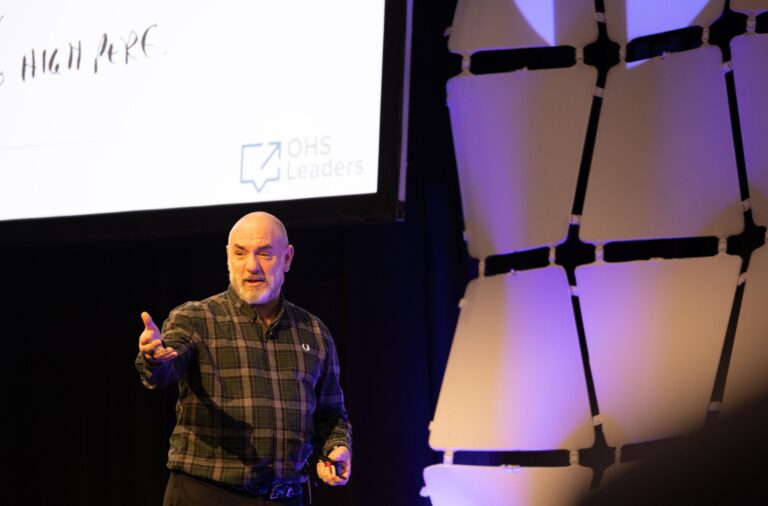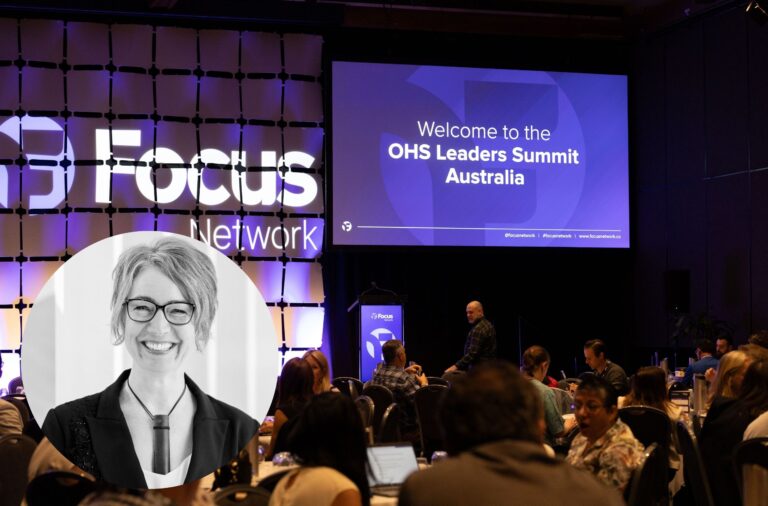
Why do we still blame people for safety failures?
Every time a workplace incident occurs, there’s an immediate instinct to identify the individual at fault. The worker who missed a step, the supervisor who failed to double-check, the team that took a shortcut. It’s easy to assume that if people just paid more attention, accidents wouldn’t happen.
But here’s the uncomfortable reality: blaming people for safety failures is the fastest way to guarantee they’ll happen again.
Why? Because blame doesn’t fix broken systems.
If human error was really the root cause of most workplace incidents, then simply retraining workers would solve the problem. But we know that isn’t true. The same patterns of failure repeat in different industries, across different teams, year after year.
So, are we investigating the right things? Or are we just finding the easiest answers?
As Georgina Poole highlighted in her NSCA webinar, “The 3 Biggest Mistakes Leaders Make in Safety,” blaming individuals leads to quick fixes, not lasting change. Instead, she urges leaders to recognise that “workers are not the problem to control; they’re the solution to learn from.” When things go wrong, it’s usually because the system set them up to fail.
The Danger of “Blame and Retrain”
Take this example:
A construction worker slips while descending a scaffold. The investigation concludes that they “failed to maintain three points of contact.” A safety notice is issued, training is reinforced, everyone moves on. Until it happens again.
What was really happening? The design of the scaffold required workers to carry materials in one hand while climbing down. Maintaining three points of contact wasn’t possible in real-world conditions.
By blaming the worker, the company missed a critical opportunity to improve the actual system; the design of the scaffold, the task process, and the workflow.
How to Build a Safety Culture That Uses People as Sensors
Instead of assuming that people are the weakest link, we need to recognise that they’re the most valuable source of insight we have.
Here’s how forward-thinking organisations shift their approach:
- From “Who messed up?” → “What made failure likely?”
- From “How do we punish this?” → “How do we prevent this?”
- From “More training” → “Better systems, processes, and design”
One of the most successful ways to achieve this shift is through psychological safety—the idea that workers feel safe to speak up without fear of blame.
Try this at your next pre-start meeting, instead of saying, “Does anyone have any safety concerns?” (which is usually met with silence), ask:
- What’s the most likely thing to go wrong in today’s work?
- If something was going to fail, where would it happen first?
- What’s the hardest part of this job that we haven’t fixed yet?
If workers trust they can answer honestly without backlash, you’ll get a goldmine of preventative safety insights.
In the NSCA Brisbane Safety Forum, Georgina Poole emphasized that real safety leaders don’t police behaviour, they build better systems. This means involving workers in safety design, removing barriers that make the right actions difficult, and treating every mistake as an opportunity to learn.
Your workers are already predicting the next safety incident. Are you listening?
——–
Real safety happens when people feel heard. Donesafe helps organisations move beyond compliance by making safety reporting easy, intuitive, and actionable. If you are ready to shift from ticking boxes to truly protecting your workforce, let’s talk.
About Georgina Poole
Georgina Poole is a respected health and safety leader, keynote speaker, and advocate for Human and Organisational Performance (HOP), with over 17 years of experience helping organisations improve safety culture and outcomes. A doctoral researcher in Safety Science and host of the Leading Safely podcast—streamed in over 100 countries—Georgina is known for her practical insights on building learning organisations and creating systems that support people to fail safely. She is the co-founder of Event Learning Australia, learn more here.
Share:



